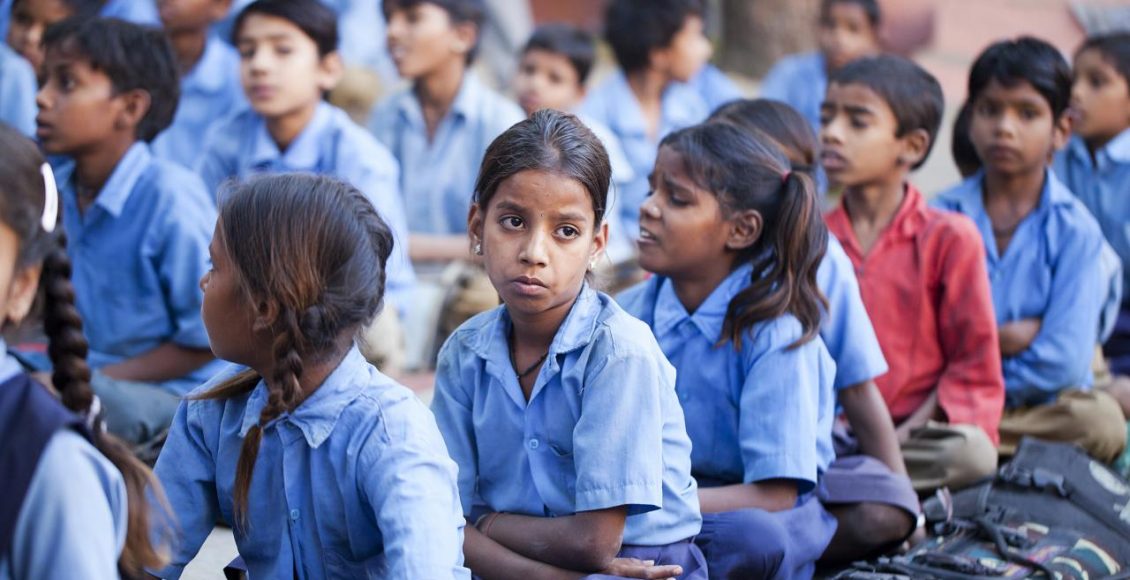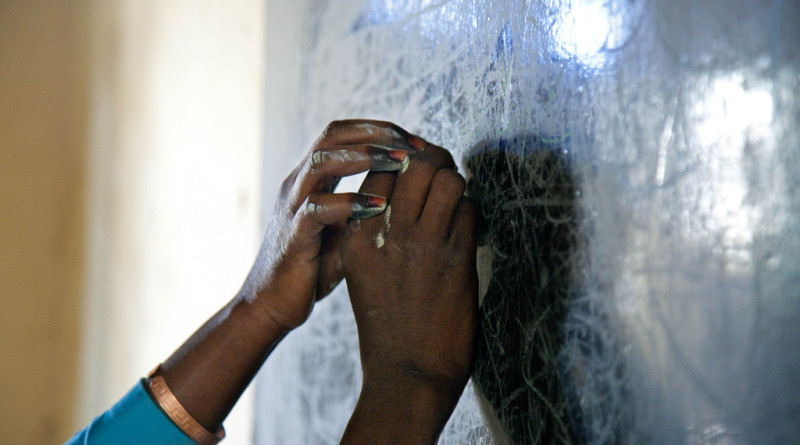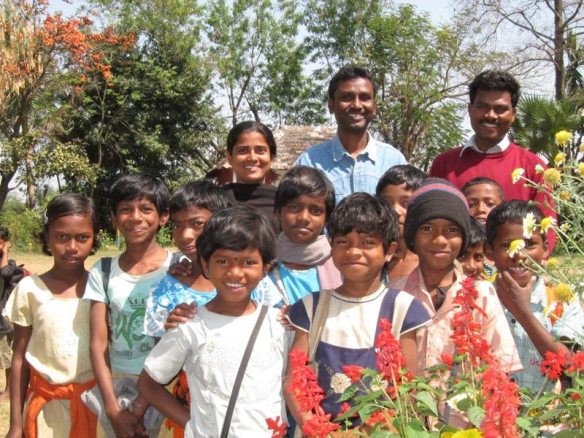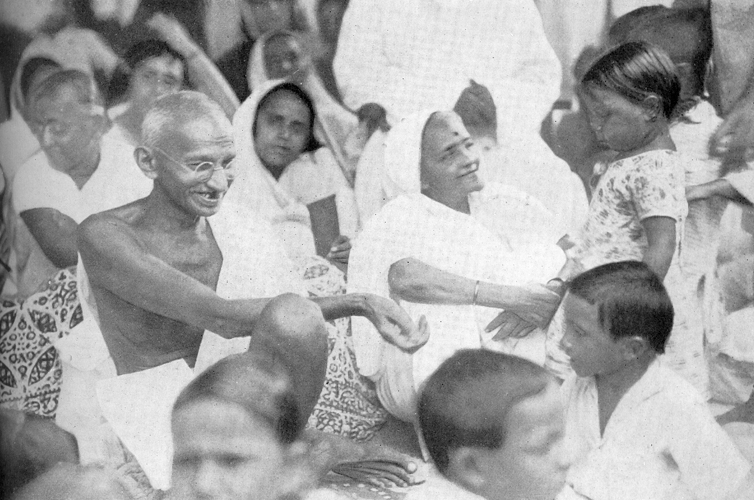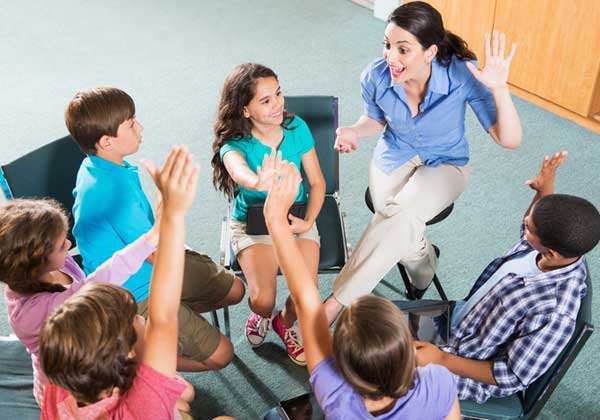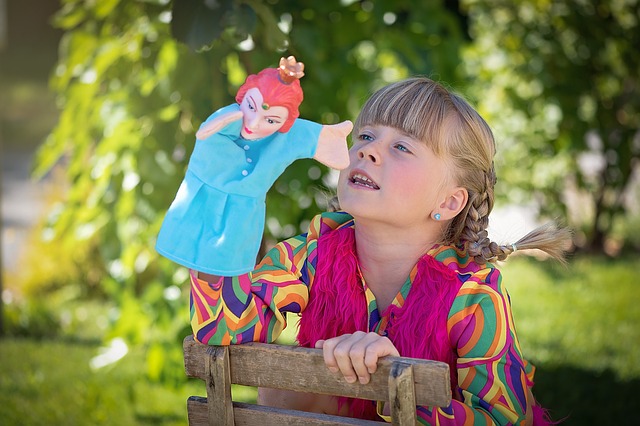
Mathematics can be seen in a new light and made into a subject that can make the child culturally-aesthetically sensitive, a creative teacher shares her pedagogic interventions
Dr. Agnes D’Costa is Associate Professor in Pushpanjali College of Education, Vasai, Maharashtra. India.
A group of teachers were asked ‘At what age do children begin learning Mathematics?’ Almost everyone replied ‘At the age of three, when the child gets into Kindergarten.’ Martin Hughes in his book ‘Children and Numbers’ says that children have a substantial knowledge of numbers (and Mathematics) even before they start formal school. In this context, I have a couple of incidences to narrate.
My daughter Priya was barely three years old when she was helping me arrange eggs in a row inside the refrigerator. She remarked ‘Mamma, three is not a partner number, four is a partner number’. Amused by her style of referring to odd and even numbers, I asked her to explain what she meant. ‘Look, when there are four eggs in total then no egg is left alone. But when we have three eggs in the fridge, then one egg has no partner.’ A couple of years later, we were sitting in our courtyard. Priya was in Class One and I asked her what she had learnt at school that day. ‘Oh today we learnt the ‘tamarind leaf’ table.’ She clambered down from my lap and picked a tamarind leaf to show me how ‘two times one was two’ and ‘two times two was four’, using the tamarind leaf as a learning resource. We had many more amusing ‘Mathematics Moments’. Like the time when Priya asked me ‘Mamma, if addition, subtraction, multiplication are all done by going from the unit’s place to the ten’s place (from right to left) then why is division done from left to right?’ Despite my experience as a teacher-educator (who thinks she can teach how to teach!), I had no convincing answer. Our ‘Mathematics Moments’ continue even today. Thanks to these moments, I have learned how a child ‘thinks and perceives Mathematics’. I share some insights that I got during my journey of ‘Exploring how we learn Mathematics’.
Culture in Mathematics
Cognition is largely influenced by one’s culture. Earlier experts believed that Mathematics learning is culture free. After all, 2+2 is 4 all over the globe, isn’t it? Later the seminal work of researchers like D’Ambrosio, Alan Bishop and others gave rise to ethno mathematics which is the study of the relationship between Mathematics and culture. Often associated with “cultures without written expression”, it may also be defined as “the Mathematics which is practiced among identifiable cultural groups”. As a high school Mathematics teacher, I found that the children of shopkeepers did very well at calculations. These children often helped their parents manage the shop. Surprisingly they did not use ‘systematic classroom methods’ taught to them when it came to addition and subtraction. For example when one such child had to subtract 35 from 200, he subtracted 30 from 200 to get 170 and then subtracted 5 more to come up with his answer of 165. When the same child was asked to subtract 172 from 200, he said ‘8 and 172 make 180. 20 more to get to 200. So 200 minus 172 is 28.’ In both cases the child did not use the traditional method to subtract.
In yet another case, a person exceptionally quick at calculations and estimations shared that when he was a little boy, his father took him around to orchards. The father would pay an amount to the orchard owner and collect the fruit for sale. To do this effectively, the father-son duo would observe a tree and estimate the approximate number of fruits before the deal was made. This experience proved useful later when the boy grew up. Thus our everyday life involves the use of Mathematics and we need to leverage this cultural knowledge that students bring to the classroom.
A child knows what division is as she/he has watched her/his mother divide eatables among members of a family. A child knows that if thirteen sweets are to be divided equally among three siblings, each will get 4 and one sweet will be left undivided. Every day events like these should provide a springboard to dive into mathematical concepts. My grandmother would describe the yield of our fields saying ‘This year, I expect a 12 annas yield.’ I was quite amused by this answer until my mother explained that my grandma was used to the concept of one rupee equal to 16 annas. So if grandma expects a 12 annas yield, she means that we have a yield of 12 divided by 16 or ¾. It was this explanation that helped me see the connection between fractions and percentages.
Aesthetic Mathematics
We tend to learn with interest when we see beauty in our work. Connect Mathematics with aesthetics, let students see the beauty in Mathematics and they will never detest the subject. Better still, let students discover the beauty of Mathematics. Here is an example. A student discovered that if we add the first two odd numbers, we get the square of 2. Add the first three odd numbers and you get the square of 3.
1 +3 = 4 = 22
1+3+5= 9 = 32
1+3+5+7 = 16 = 42
An intelligent teacher asked the student to represent it artistically and this was created at the end.
Rangoli designs that adorn our courtyards can be used to teach about tessellations. Origami can be used to teach many theorems in Geometry.
Palindromes in Mathematics have a beauty of their own
1×1 =1
11x 11=121
111×111=12321
1111×1111=1234321
Pascal’s triangle is yet another example where beauty is seen in mathematical arrangements. The teacher can help students identify such examples of beauty in Mathematics.
Realistic Mathematics
The underpinning philosophy in Realistic Mathematics is that students should learn Mathematics in contexts that make sense to them. Hans Freudenthal, founder of the Dutch New Math Movement proposed that each individual creates a personal concept of Mathematics by discovering mathematical structures in his/her own environment. Mathematics therefore should be close to the real situation of the child. When Mathematics lessons are designed around familiar issues and events, students see its connection with their lives and this makes the subject relevant. Here is a Realistic Mathematics based example used in a school where most students came from the farming community.
Mohan has a plot of land 100 meters x 100 meters.
He divides it into five parts of equal area. He grows onions in two parts, sugarcane in one part, pumpkins in one part and chilies in one part. He earns a profit of Rs 4000 by selling the onions, a profit of Rs 2500 by selling the sugarcane, and a profit of Rs. 1200 by selling the chilies. The total profit is Rs 8500. Using this information:
- Draw a graph showing his profits on each crop
- Find the area under each crop
- Using a scale of 1cm =20 meters, draw a map of the farm.
Students who studied in a school that was close to the national highway learned graphs using Realistic Mathematics. Their teacher asked them to note down all vehicles that crossed by their school between 9 a.m. and 10 a.m. So the class noted that 39 two-wheelers, 16 trucks, 20 auto rickshaws, 12 buses and 43 cars passed by their school. The students were free to identify the mathematical aspects involved in the situation by discovering a way to represent their data. Children used different pictorial forms and using these forms the teacher helped the students to see how graphs are drawn.
Thus Realistic Mathematics uses real- world situations or context problems as a starting point for learning Mathematics. Pupils organize a problem and try to identify the mathematical aspects and discover the regularities and the relationships between these problems. This is called a horizontal mathematization. They can also use vertical mathematization to develop mathematical concepts by using models and participating in enaging class discussions.
Addressing social issues through Mathematics
All education must aim at resolving individual and social problems. Mathematics can be very effectively used to draw the attention of students towards local problems. An interesting example is in connection with the Hoshangabad Science Teaching Programme (HSTP). One of the examination papers carried a question that asked children to use their knowledge of Mathematics on the topic ‘Probability’ to compute the chances of winning at a two and three digit satta (a widespread form of gambling), and to conclude whether playing satta was mostly a losing or a winning proposition. Most of the children used the laws of probability to conclude that playing satta was mostly a losing proposition. The incident caused a flurry in the State Assembly as some felt such questions asked as part of the examination could provide ‘a stimulus that could lead student to gamble’. The teachers who set the question gave a spirited reply saying that when gambling was eroding the society such a question showed the students that it was an activity that would cause waste of time and money. They emphasized that such a question was more effective than sermonizing on the ill effects of gambling. The teachers had truly contextualized the students’ learning and tried to wean them from a potential social menace.
A creative teacher will try to address local problems through Mathematics. For example while teaching the topic ‘ratios’, a teacher asked students to find the ratio of the time spent on various activities. So students came up with their schedule in the form of a ratio saying ‘I sleep for 8 out of 24 hours. That is a ratio of 1/3.’ Students realized that they spent very little time outdoors and too much time watching T.V or playing computer games. When the entire class had displayed their pie-charts mapping how their day was spent, the teacher got the class to reflect on managing their time wisely by spending more time in profitable activities like reading and playing outdoors. The students created a new timetable for themselves and a month later, re- drew their charts. Of course a positive difference was seen in how they now managed their time wisely.
Games and activities in learning Mathematics
Bring games and activities into your Mathematics classrooms and you will never have a dull moment or a bored student. Kinesthetic movements during learning help to consolidate what one learns. One topic that school children often find confusing is the concept of negative numbers. ‘How can -7 be less than -1?’ asked Mitali, a Class VI student. The teacher then gave all the children a number on a flashcard. She made them form a number line and explained how -7 was six places to the left to -1 and hence smaller than -1. Some more drilling and practice helped the students to understand how to add and subtract using a number line. At the end of the exercise, the teacher was in for a moment of amazement. Mitali had a big beam across her face as she said ‘Teacher, I know why -7 is smaller than -1. But I have also understood something in History. Earlier I always wondered how Emperor Ashoka who was born in 304 B.C could have died in 232 B.C. Today I have understood how this is possible.’ Children know how to extrapolate their knowledge. What they need is the missing piece to complete the jigsaw in their mind!
The popular game of Bingo can be used to evaluate. Instead of calling out ‘three and three thirty three’, use a clue like ‘Three times eleven’ or ’60 minus 27’. Students strike off the number if it is on their Bingo ticket. Whoever completes all numbers first becomes the winner. Simple games that children normally play can be given a twist and incorporated in the Mathematics class. This helps to reinforce concepts and concretize learning.
Note:
Mathematics teaching can be real fun! Interested Mathematics teachers can find some interesting ideas at http://rashmikathuria.webs.com/ a website managed by a national award winner Ms Rashmi Kathuria. The site showcases students’ work, videos and many other interesting ways to learn. Mathematics is a subject with its own inherent beauty and value. Combined with a little ingenuity on part of the teacher, Mathematics teaching can be interesting and appealing. Happy Mathematics teaching!
References:
D’Ambrosio, Ubi. Reflections on Ethnomathematics. International Study Group cn Ethnomathematics Newsletter 3 (1) (September 1987).
Talati Afsana. Teaching and Learning Realistic Mathematics Education. retrieved from http://www.did.stu.mmu.ac.uk/cme/Student_Writings/TS1/Afsana/Afsana.html
The New Leam has no external source of funding. For retaining its uniqueness, its high quality, its distinctive philosophy we wish to reduce the degree of dependence on corporate funding. We believe that if individuals like you come forward and SUPPORT THIS ENDEAVOR can make the magazine self-reliant in a very innovative way.


